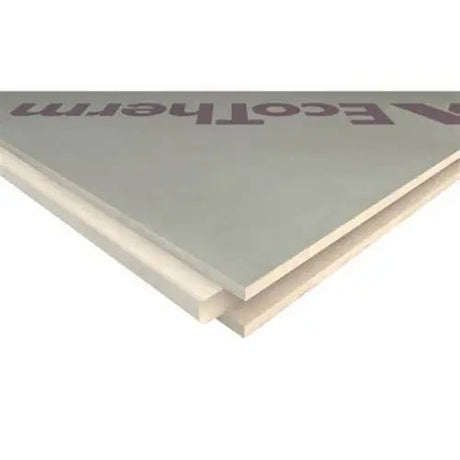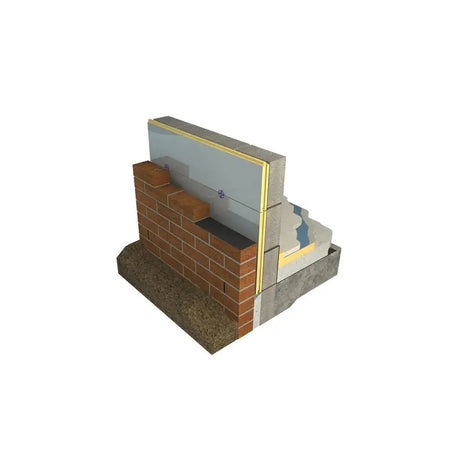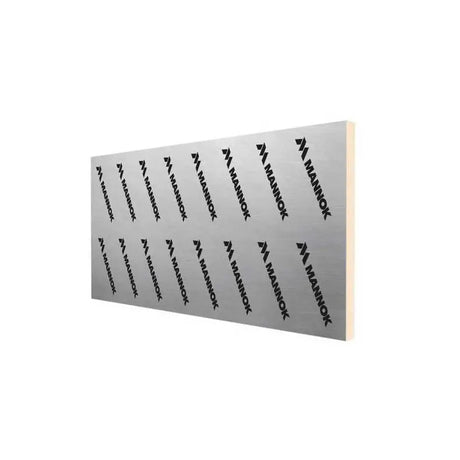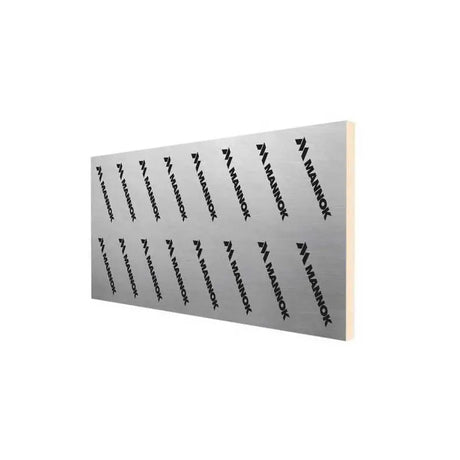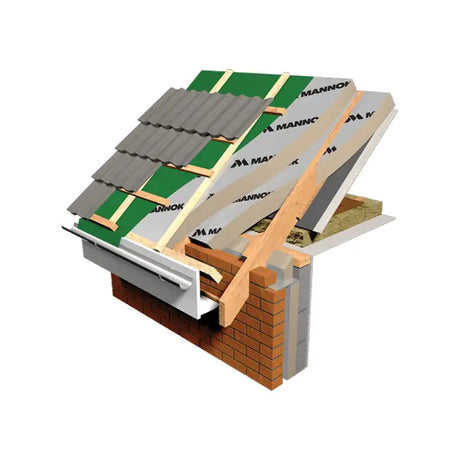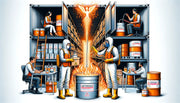Skin effect heat tracing represents a powerful and efficient technology vital for an array of industrial processes. At its core, skin effect heat tracing is a system that utilizes electrical currents to generate and maintain heat in pipelines, vessels, and other industrial components. This article dives deep into the mechanics of skin effect heat tracing, explores its distinctive properties, and highlights its varied industrial applications.
Understanding Skin Effect Heat Tracing
The 'skin effect' is a phenomenon occurring in alternating current (AC) electric conductors, where the current density is higher near the surface of the conductor compared to its core, resulting in effective heat generation. When deployed as a heat tracing system, this effect ensures consistent and regulated heat distribution necessary for a variety of industrial tasks, such as maintaining fluidity in pipes by avoiding freezing in low-temperature environments.
The Significance of Heat Tracing in Industry
Heat tracing is not just a comfort; it is an essential component in industries ranging from petrochemicals to food processing. The uninterrupted and controlled heat supply it provides is crucial for operational integrity, safety, and efficiency. This foundational role of heat tracing in industry underscores its importance and the relentless pursuit of improved technologies like skin effect heat tracing.
Core Principles of Skin Effect Heat Tracing
The functionality of skin effect heat tracing systems is underpinned by the skin effect principle in physics. It's a concept that hinges on the alternating current electrodynamics applied ingeniously to an industrial scale for heat management purposes.
What is Skin Effect?
Skin effect signifies the tendency of alternating electric current to become distributed within a conductor such that the current density is largest near the surface of the conductor and decreases with greater depths into the material. This effectively reduces the usable cross-section of the conductor, which, in turn, increases its resistance and generates heat due to the energy dissipated as current flows.
The Basics of Heat Tracing Technology
Heat tracing technology is used to maintain or raise the temperature of pipes and vessels. By employing skin effect, the system heats from within, providing uniform warmth without the need for external insulation elements. This attribute is a hallmark of its operational efficiency and is a critical factor in its growing preference over conventional heating methods.
Technical Aspects of Skin Effect Heat Tracing
Skin effect heat tracing systems employ three primary components: the heating cable, the power source, and the temperature control mechanism. Together, these elements enable the technology's remarkable performance in industrial settings.
Components and Design
The typical setup includes a heating element designed to be inserted into, or placed alongside, the conduits needing temperature maintenance. This element is typically made of a conductive material with appropriately calibrated resistance to facilitate the skin effect. It is paired with a power supply unit and a control panel that governs the system's operational parameters to maintain desired temperature levels.
How Skin Effect Heat Tracing Works
An alternating current is passed through a central conductor within a ferromagnetic tube, inducing circulating current loops within this outer tube due to the skin effect. This generates heat which, instead of radiating outward, is directly applied to the pipe or vessel in need of heat maintenance. As such, the system's efficiency springs from its innate design to directly transfer heat where it is most needed.
Advantages Over Conventional Heat Tracing
Comparing skin effect heat tracing to traditional heat tracing systems reveals several advantages:
- It can be used over longer circuit lengths without a variance in heat output.
- It provides a more stable and uniform heat distribution due to the AC current’s nature.
- The system's construction typically requires less maintenance and is generally more robust.
Key Properties of Skin Effect Heat Tracing
The uniqueness of skin effect heat tracing can be attributed to a set of defining properties that make it particularly suitable for a range of industrial uses.
High Efficiency and Control
Skin effect heat tracing systems offer superior energy efficiency. Unlike conventional trace heating systems that may have uneven temperature distributions, the skin effect system offers precision temperature control. These systems often come with sophisticated control units that monitor and adjust temperatures in real-time, translating into energy savings and improved process performance.
Longevity and Durability
Designed with industrial demands in mind, skin effect heat tracing systems are made from materials that provide exceptional lifespan and resistance to environmental stressors. This durability ensures that industrial processes reliant on these systems remain uninterrupted and consistent over time.
Safety Features
Given the industrial contexts in which skin effect heat tracing is used, safety is of paramount importance. These systems are constructed with built-in safety features such as overheat protection and ground-fault circuit interrupters, which contribute to their reliability and safe operation in potentially hazardous areas.
Installation Insights
The installation of skin effect heat tracing systems, while requiring technical know-how, is streamlined by design to facilitate ease of setup and integration into existing industrial frameworks.
Preparing for Installation
Prior to installation, a detailed assessment of the site and the specific heating requirements is necessary. This ensures that the length, power output, and configuration of the skin effect heat tracing system align precisely with the needs of the process or storage facility.
Step-by-Step Installation Process
Installation follows a systematic approach that involves laying out the heat tracing alongside or within the target pipes or vessels, connecting the system to the power supply, and configuring the control unit. Meticulous attention to manufacturer guidelines and adherence to safety protocols are key to successful implementation.
Maintenance and Upkeep
To maintain efficacy, skin effect heat tracing systems typically require routine inspections and occasional servicing. This involves checking for physical damage, verifying thermostat functionality, and ensuring all components are securely connected. Regular maintenance prolongs system life and ensures optimal performance.
Industrial Applications of Skin Effect Heat Tracing
Skin effect heat tracing finds its place in a myriad of industrial applications where temperature regulation is mission-critical. Its versatility and efficiency make it particularly well-suited to some of the most demanding sectors.
Process Temperature Maintenance
Maintaining precise temperatures during industrial processes is crucial for product quality and system efficiency. Skin effect heat tracing guarantees that fluids, gases, or other materials in process lines remain at the defined temperatures necessary for optimal operation.
Frost Protection in Piping
In colder climates or during winter months, preventing the freezing of liquids in pipes is essential. The skin effect heat tracing system provides a reliable solution, ensuring that pipelines remain operable despite the chill, averting potential damages and production losses.
Tank Heating Applications
Large storage tanks can benefit greatly from skin effect heat tracing systems. These systems ensure that the contents, whether it's oil, chemicals, or heavy fuels, maintain their fluidity by preserving the required temperature levels, thereby facilitating storage and transport.
The efficiency and adaptability of skin effect heat tracing systems have cemented their place as a key industrial technology. With its core principles, technical aspects, and clear industrial benefits, this technology is poised to advance the future of industrial thermal management. As industries evolve and seek more reliable and efficient ways to manage heat, skin effect heat tracing stands out as a robust and refined solution that can meet and exceed these demands.
Performance Considerations
Skin effect heat tracing systems have set a high standard for performance within the heat tracing industry. To thoroughly evaluate these systems, we need to analyze various performance factors that can influence their success or need for improvement.
Energy Consumption Analysis
Energy use is a primary concern for any industrial operation, and heat tracing systems are no exception. Skin effect heat tracing systems are designed to minimize electricity usage while providing effective heat distribution. Analyzing energy consumption patterns helps develop more sustainable practices and informed decisions regarding heating solutions.
Output Consistency and Reliability
Consistent heat output is crucial for process stability and quality control. Skin effect heat tracing systems are known for their ability to deliver a steady and reliable heat output, which is critical for processes requiring precise temperature maintenance. Reliable heat tracing is integral to avoid costly process interruptions and to maintain productivity.
Dealing with Extreme Temperatures
Industries operating in regions with extreme temperatures need robust solutions. Skin effect heat tracing systems are engineered to operate efficiently, regardless of severe cold or hot environments, ensuring that industrial processes can continue unhindered by weather challenges.
Compliance and Standards
Safety and compliance with industry regulations are non-negotiable elements of any industrial heating system. Skin effect heat tracing systems are subject to various international and local standards that ensure their safe and environmentally friendly operation.
Regulatory Standards
Skin effect heat tracing systems must adhere to stringent safety and performance standards. These regulations dictate design, installation, and operation guidelines that ensure system integrity and protect against risks associated with electrical heating solutions.
Certifications for Safety
Certifications from recognized safety organizations affirm that skin effect heat tracing systems meet or exceed the required safety parameters. These certifications serve as a testament to their reliability and safety within industrial settings, giving peace of mind to operators and managers alike.
Material Compatibility and Selection
The selection of materials for any component of a skin effect heat tracing system, from the heating cables to the insulation, plays a pivotal role in its functionality and durability. The compatibility of materials is critical to sustain peak performance and longevity.
Assessing Material Options
When designing a skin effect heat tracing system, careful consideration must be given to the materials used in construction. These materials must withstand the specific chemical, thermal, and physical stresses they will encounter to ensure the system's structural integrity over time.
Matching Materials with Industrial Needs
The industrial application dictates the best material choices for a skin effect heat tracing system. Whether it's resistance to chemicals, tolerance to high temperatures, or compatibility with other construction materials, each factor must be carefully weighed to select the best-fit materials for each unique scenario.
Innovative Uses in Modern Industries
Innovation in industrial practices often involves the integration of advanced technologies like skin effect heat tracing. These systems are not confined to traditional applications but are also pivotal in some of the most modern and forward-thinking industrial sectors.
Advancements in Renewable Energy Sectors
The renewable energy sector, which includes solar, wind, and geothermal, also benefits from the precision and efficiency of skin effect heat tracing systems. These systems contribute to maintaining critical components at operational temperatures, thereby ensuring maximum efficiency and longevity.
Application in Food Processing Plants
Skin effect heat tracing systems play an integral role in the food industry by preventing ingredients from solidifying and maintaining the necessary temperature for food safety and quality throughout the processing stages.
Boosting Efficiency in Chemical Manufacturing
In the chemical manufacturing industry, precise temperature control can be the difference between success and failure. Skin effect heat tracing systems help in maintaining reactant stability and controlling reaction rates, leading to safer operations and higher-quality end products.
Case Scenarios and Outcomes
An examination of real-world scenarios can vividly illustrate the impact of skin effect heat tracing within various industries. These cases provide tangible evidence of how these systems contribute to industrial efficiency and safety.
Optimizing Operations in Oil and Gas
The oil and gas sector is one of the primary beneficiaries of skin effect heat tracing systems. By ensuring that the flow of viscous liquids is maintained, these systems reduce downtime and enhance productivity in some of the most challenging operating environments.
Enhance Plant Safety with Proper Heat Tracing
Implementing skin effect heat tracing systems enhances safety in plants by preventing the formation of harmful ice or condensation. Maintaining the right temperature in processing facilities is not just a question of efficiency, but also a crucial safety consideration.
Success Stories in Pharmaceutical Industries
Pharmaceutical production relies heavily on controlled environments, and skin effect heat tracing systems have been a game-changer in this field. These stories of successful applications provide insights into the significant advantages gained by leveraging skin effect heat tracing.
The Forward Path for Skin Effect Heat Tracing
As we look to the future, it's clear that skin effect heat tracing will continue to evolve and adapt to the changing needs of modern industry. Anticipating technological advancements can help us understand the trajectory of skin effect heat tracing systems.
Technological Innovations on the Horizon
The landscape of industrial heating is ever-evolving, and skin effect heat tracing systems are no exception. Continuous research and development efforts point to promising enhancements that will improve their performance, durability, and ease of use.
Potential for New Industrial Applications
As new industries emerge and existing ones innovate, the versatility of skin effect heat tracing systems promises their adaptation to a wider array of applications. The potential for these systems to solve unique heating challenges is vast and still unfolding.
Sustainability Considerations
In today's industrial environment, sustainability is of paramount importance. The future of skin effect heat tracing will likely see a stronger focus on reducing environmental impact, further improving energy efficiency, and integrating these systems into a circular economy model.
Conclusion
From the basic principles and technical intricacies to the diverse industrial applications and future prospects, skin effect heat tracing systems stand out as a vital and versatile player in the industrial landscape. Whether it's optimizing energy use, offering superior reliability, or meeting stringent safety standards, these systems have proven their worth across multiple sectors.
Recap of Unique Properties
Skin effect heat tracing systems possess unique properties that differentiate them from other forms of heat tracing, such as unparalleled efficiency, consistency, and safety. These characteristics, coupled with their adaptive design and ease of installation, lay the foundation for their widespread use.
Final Thoughts on Industrial Use-Cases
The industrial use cases for skin effect heat tracing are diverse and impactful. They underscore the critical role these systems play in ensuring operational continuity and safety across sectors reliant on precise temperature control.
Encouraging Industry Innovations
The future of industrial heat tracing is brightly illuminated by the skin effect technology. As industries continue to innovate and seek solutions that offer both performance and sustainability, skin effect heat tracing systems are poised to meet those challenges head-on, encouraging a wave of industrial innovation and efficiency.
With a deep understanding of the unique properties and vast industrial uses of skin effect heat tracing systems, the industrial world can look forward to a future of enhanced efficiency and effectiveness in temperature management solutions.


